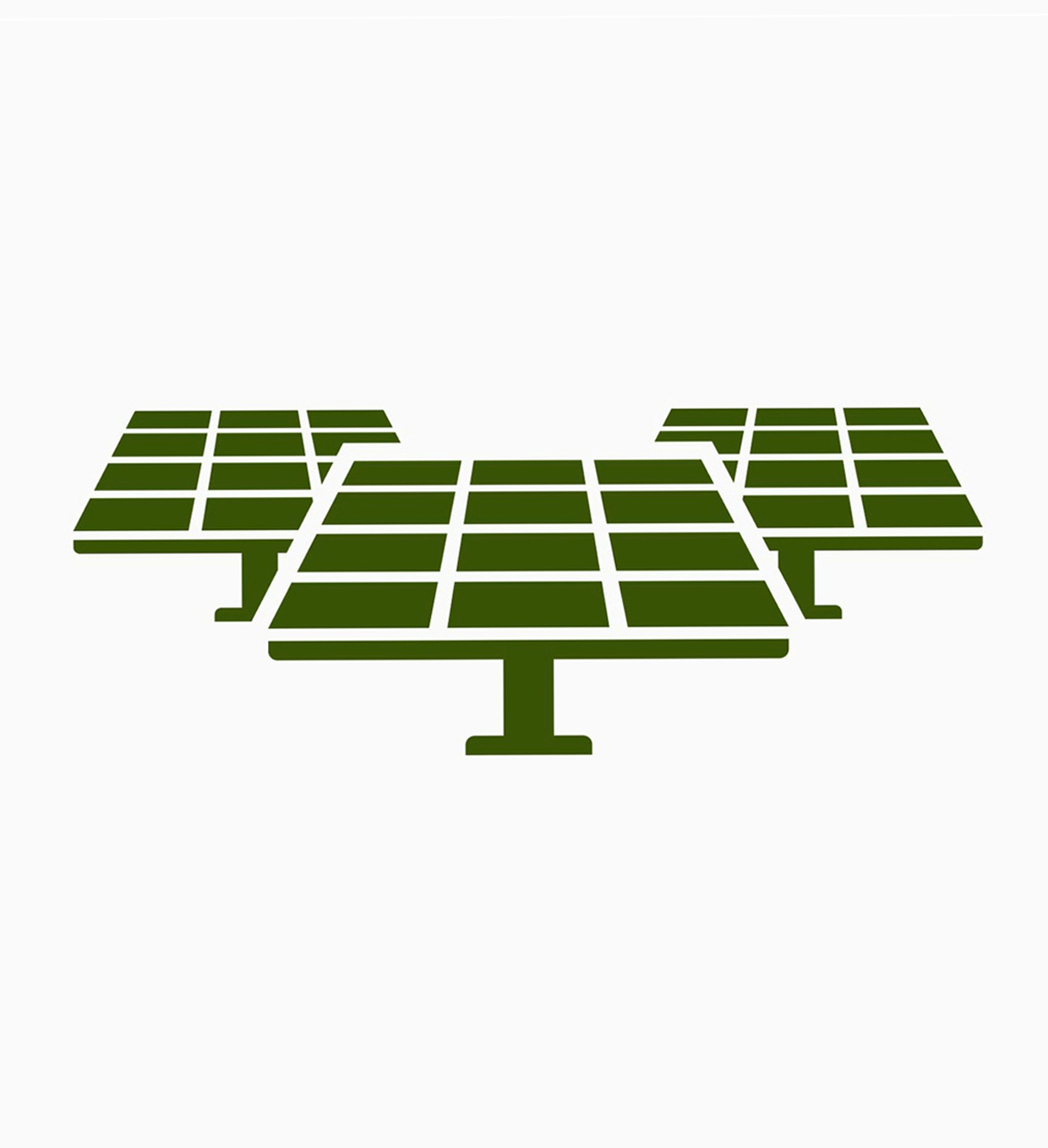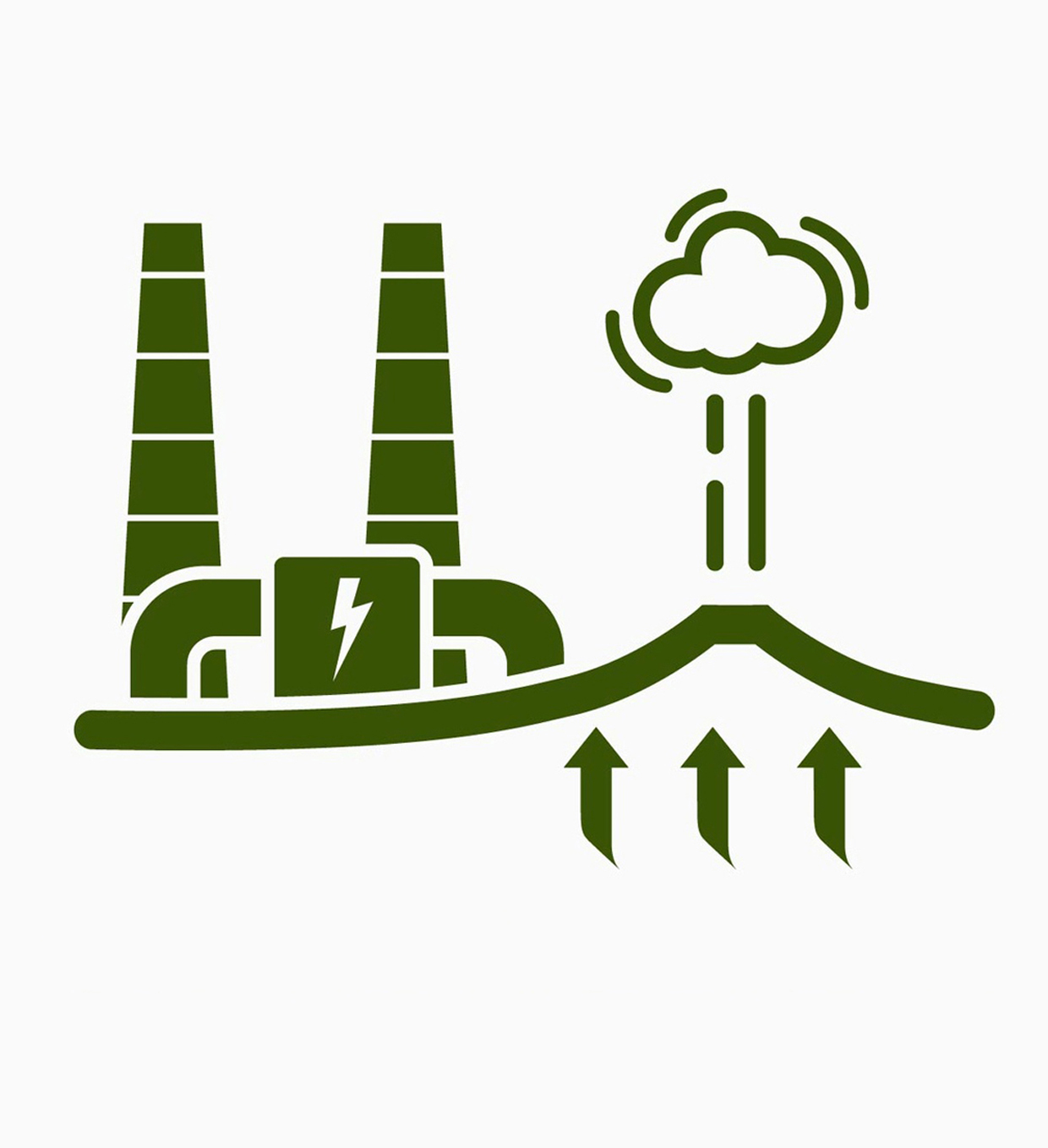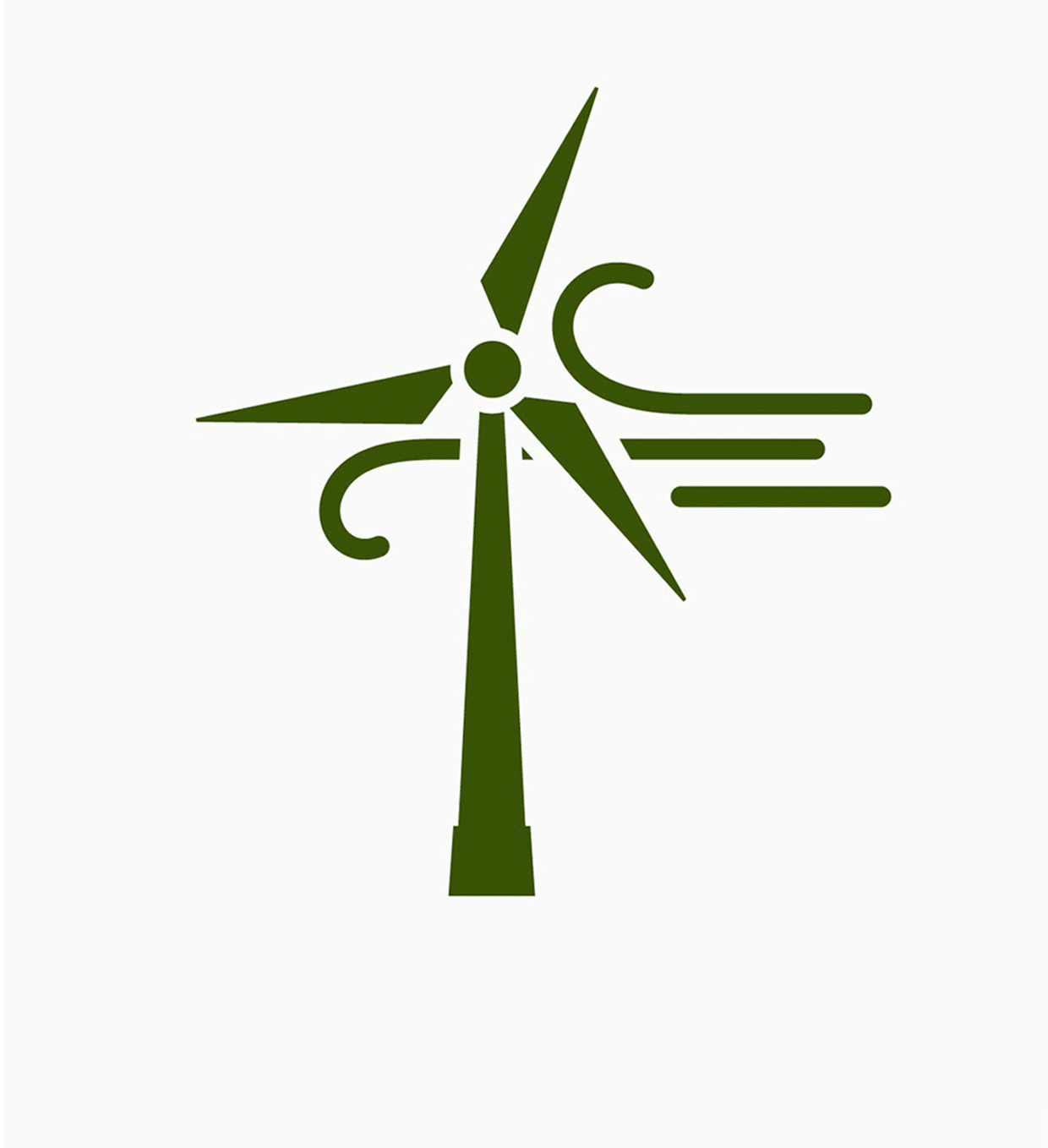
Enerhys
Renewable Energy
Get to know the Building Blocks
of Renewable Energy

Solar Energy
- Efficiency of photovoltaic systems varies depending on the technology and location, but on average ranges between 15% and 20%. Solar energy shows promising future prospects due to ongoing technological advancements and decreasing costs.
- Photovoltaics: Solar energy is converted into direct current through the photoelectric effect in solar cells, where sunlight releases electrons that generate an electric current.
- Renewable Resource: Solar energy relies on the utilization of the abundant and freely available sunlight as an energy source, in contrast to the limited availability of fossil fuels.
- Scalability: Photovoltaic systems are adaptable for both small-scale decentralized installations and large-scale solar parks with high power capacity, offering flexibility to meet diverse energy requirements.
Hydropower Energy
- High Efficiency: Hydropower plants achieve efficiency factors of 70% to over 90% and have a positive future prospect due to their high conversion efficiency.
- River and Storage Power Plants: These types of hydropower plants utilize the potential energy from flowing or stored water to generate electricity, harnessing the natural water resources effectively.
- Continuous Energy Source: Hydropower provides a continuous and reliable energy source as long as there is a consistent water flow, enabling stable and baseload-capable power generation.
- Environmental Impacts: While the construction of dams for hydropower plants can have environmental impacts such as affecting ecosystems and fish passage, they also offer benefits such as flood protection and water resource management.


Geothermal Energy
- Efficient Power Generation: Geothermal power plants, with efficiency factors of around 10% to 20%, effectively convert heat from the Earth's subsurface into electricity, ensuring efficient power generation.
- Geothermal Power Plants: These plants tap into the Earth's natural heat reservoirs to generate electricity, utilizing the sustainable and continuous source of geothermal energy.
- Renewable Heat: Geothermal energy is not only used for power generation but also directly utilized for heating purposes in buildings or industrial processes, providing a renewable and efficient heating source.
- Resource Availability: The availability of geothermal energy depends on the geological characteristics of the region, with areas with high geothermal activity having greater potential for harnessing this renewable energy source.
Wind Energy
- High Efficiency: Modern wind turbines achieve efficiency factors of over 40%, both onshore and offshore, enabling efficient conversion of the kinetic energy in the wind into electricity.
- Wind Turbines: These turbines employ aerodynamic rotor blades to capture the energy from the wind, converting it into rotational energy that drives the electrical generator.
- Onshore and Offshore Wind Farms: Wind turbines are installed on land and in the sea, forming onshore and offshore wind farms respectively, taking advantage of suitable locations for harnessing wind energy efficiently.
- Intermittency and Grid Integration: Due to the intermittent nature of wind, grid integration is necessary to balance the variable wind speed and ensure a reliable and stable electricity supply, often complemented with other energy sources for a well-balanced energy mix.


Bio Energy
- Varied Efficiency: Bioenergy plants exhibit efficiency factors ranging from 20% to 40%, depending on the technology used and the type of biomass employed, allowing for efficient conversion of organic materials into energy.
- Biomass Sources: Bioenergy is derived from various organic sources such as plants, agricultural residues, or wood, utilizing these biomass resources for energy production.
- Sustainable Use: Bioenergy promotes sustainable practices by recovering waste and byproducts from various sectors, supporting the circular economy and reducing environmental impacts.
- Greenhouse Gas Emissions: While biomass combustion does emit CO2, bioenergy is considered "carbon-neutral" as the CO2 released during combustion is offset by the CO2 absorbed during the growth of the biomass, making it a more environmentally friendly energy option.
Ocean Energy
- Developing Efficiency: Ocean energy technologies, including tidal energy, wave energy, and ocean current energy, are still in the development phase, with efficiency factors ranging from a few percent to around 20%, showcasing the ongoing efforts to enhance their efficiency and reliability.
- Tidal Energy: Tidal energy is generated by harnessing the kinetic energy from the ebb and flow of tides, converting it into electricity through specialized turbines or tidal barrages.
- Wave Energy: Wave energy devices capture the energy from ocean waves and convert it into usable electricity, contributing to the diversification of renewable energy sources.
- Marine Current Energy: Marine current energy utilizes the continuous flow of ocean currents to drive underwater turbines, providing a potential source of renewable electricity generation.

Get in Touch
Icon Tower, Entry B / Nr. 22, Rr. Bekim Fehmiu
10000 Prishtine
